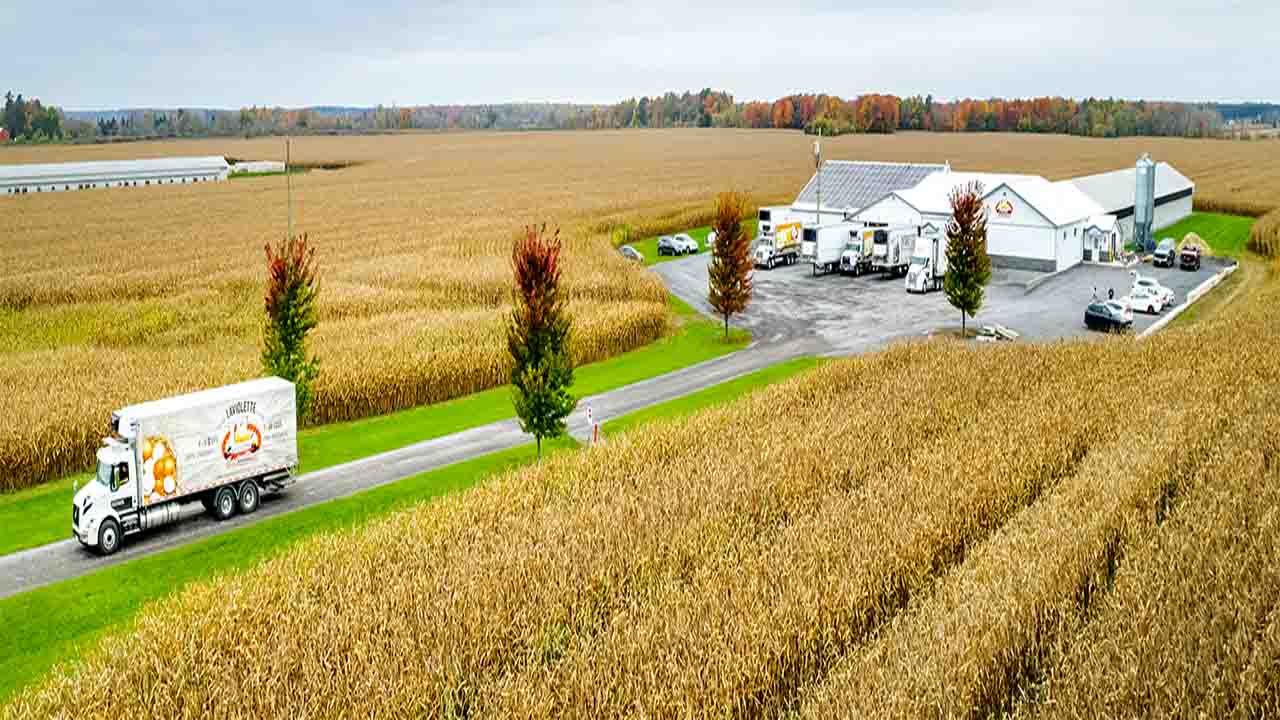(Commonwealth) _ Different calculations are required for improving shipping speeds to farms than for house deliveries. The sheer heft of each transaction Cox reported that the typical in-season order weight is 5,000 pounds together with remote areas and ambiguous addresses add extra complications that FBN has to take into account while bolstering its logistics network.
Farmers need a consistent rate of supplies prior to the planting season. According to Jack Cox, vice president of global fulfillment and logistics at Farmers Business Network, speed becomes even more crucial once the growing season begins and hazards to their livelihoods, such as unanticipated bug incursions, appear.
Farmers Business Network, a company that sells seeds and pesticides directly to farmers, had a compelling reason to shorten delivery times on FBN Direct because of the necessity for in-season speed. The business declared last month that it had successfully achieved delivery times of three days or less for the majority of member orders on FBN Direct.
After launching its own fleet of straight trucks in August of last year, according to Cox, the business accomplished that milestone. This year, the business has been able to accomplish that goal “consistently week in and week out,” he added, thanks to improved inventory replenishment procedures.
According to Cox, who has worked in logistics and transportation positions at Amazon, Target, and Wayfair, “it was primarily brought on by the launch of the fleet, but it really grew this year with a little refinement around how we thought about our middle mile, our cross docking, and our replenishment.”
Different and various calculations are required for improving shipping speeds to farms than for house deliveries. Cox reported that the typical in-season order weight is 5,000 pounds together with remote areas and ambiguous addresses add extra complications that FBN has to take into account while bolstering its logistics network.
Despite the fact that a delivery of the address may direct a vehicle to a farmer’s residence, Cox stated that the farmer prefers to store his or her herbicide in a shed rather than in their home.
Farmers Business Network is used its hub-and-spoke network strategy, which comprises major fulfillment facilities and smaller satellite structures across North America, to achieve the right inventory balance and make quick supply replenishment possible.
According to Cox, a Farmers Business Network logistics hub is 250 miles away from more than 84% and 97%, respectively, of the growing land in the United States and Canada. During the growth season, the business notably relies on its own vehicle to serve orders within these prime regions. According to the June release, FBN has also increased “delivery optimization intelligence” to speed up shipment, meaning that all inventory placements are now known to its systems in real time. This aids farmers in determining the quickest delivery option from throughout the network of the organization without taking more than
The research claims that Canada is a big producer and exporter of grains, much of which is produced in the western provinces, which are landlocked and consequently reliant on rail infrastructure for export market distribution.
With legal reforms based in part on the Fair Rail for Grain Farmers Act, one goal of the modernization initiative will be to deliver Canada’s grain efficiently to export markets. The deficiencies in Canada’s rail system’s handling of the record 2013 harvest led to the passage of the legislation. Concerns about the dependability of Canada’s rail infrastructure to serve grain clients may not be addressed by the proposed adjustments.








